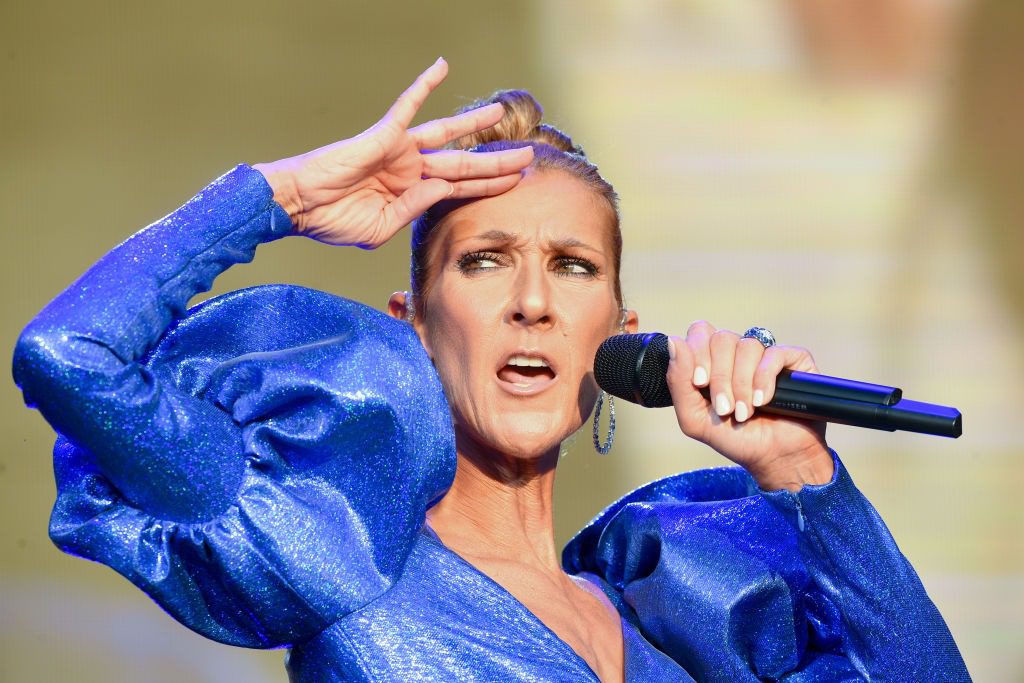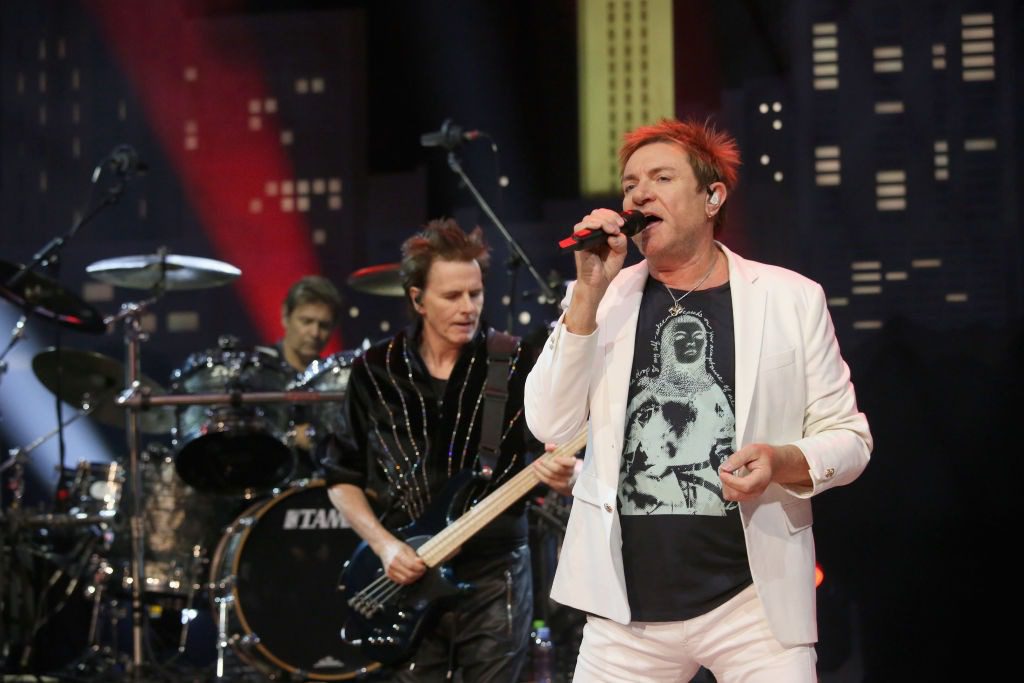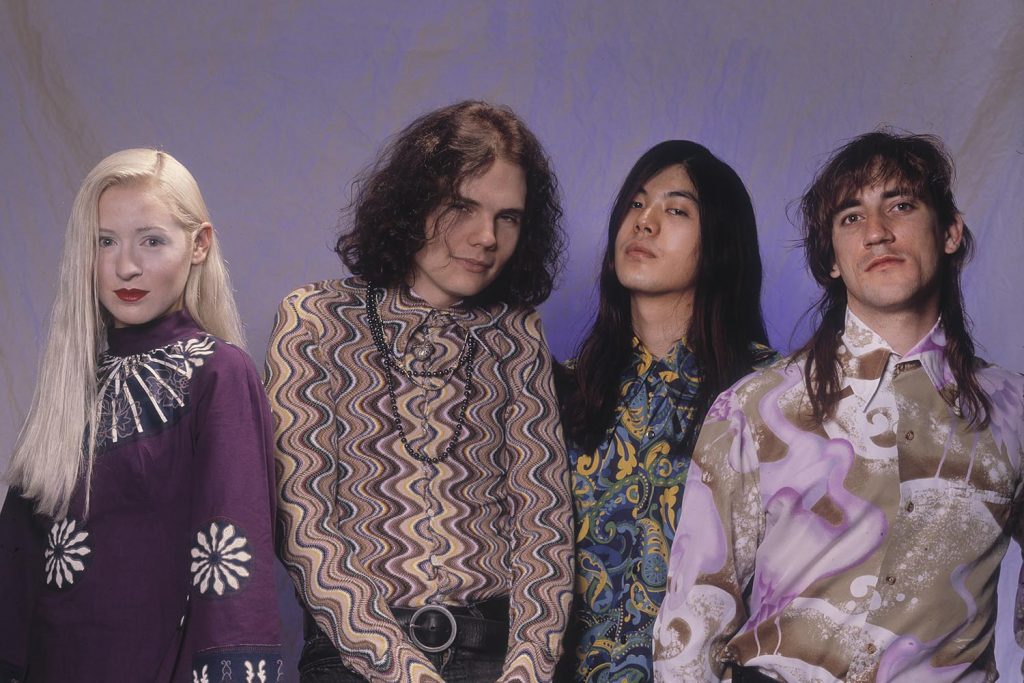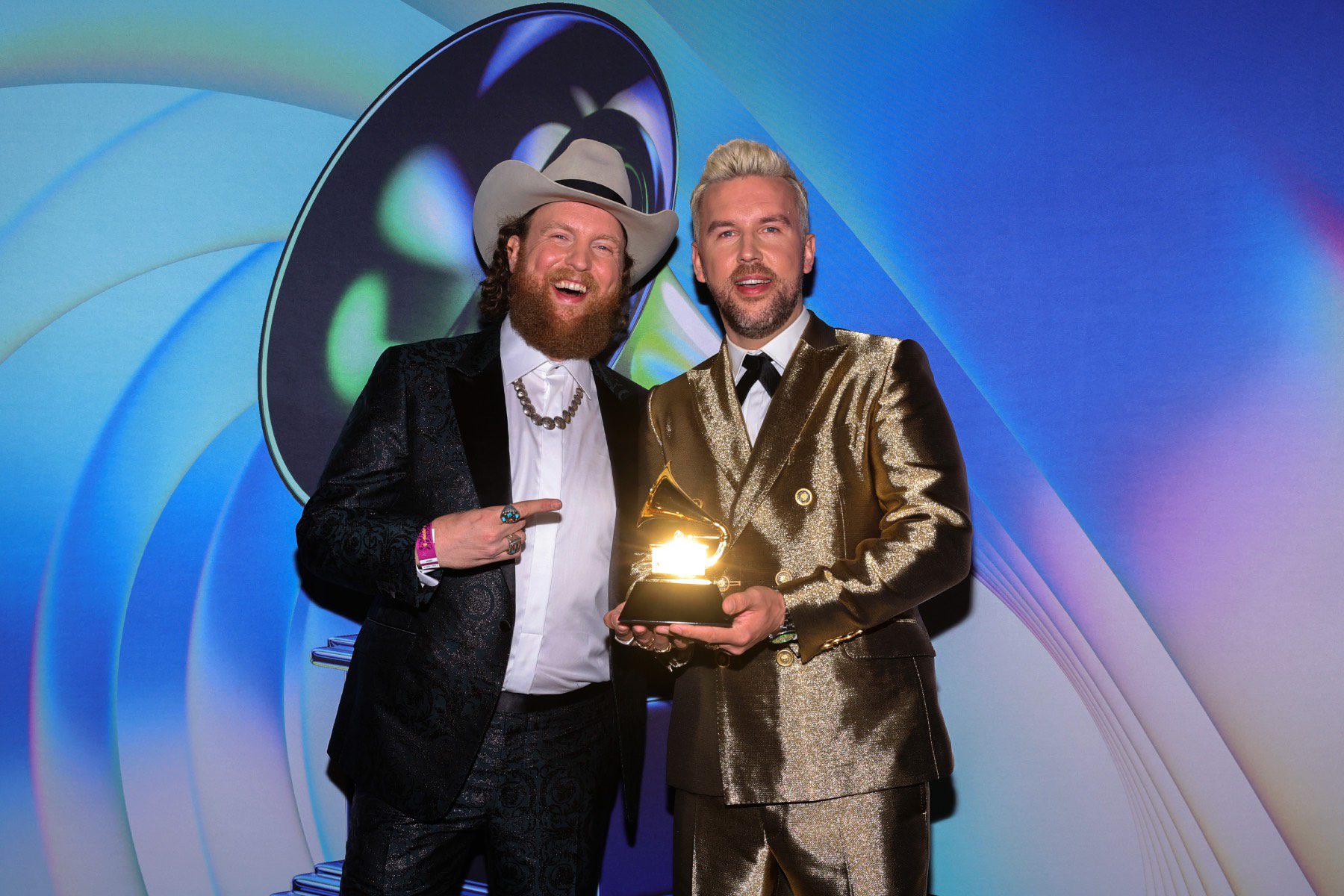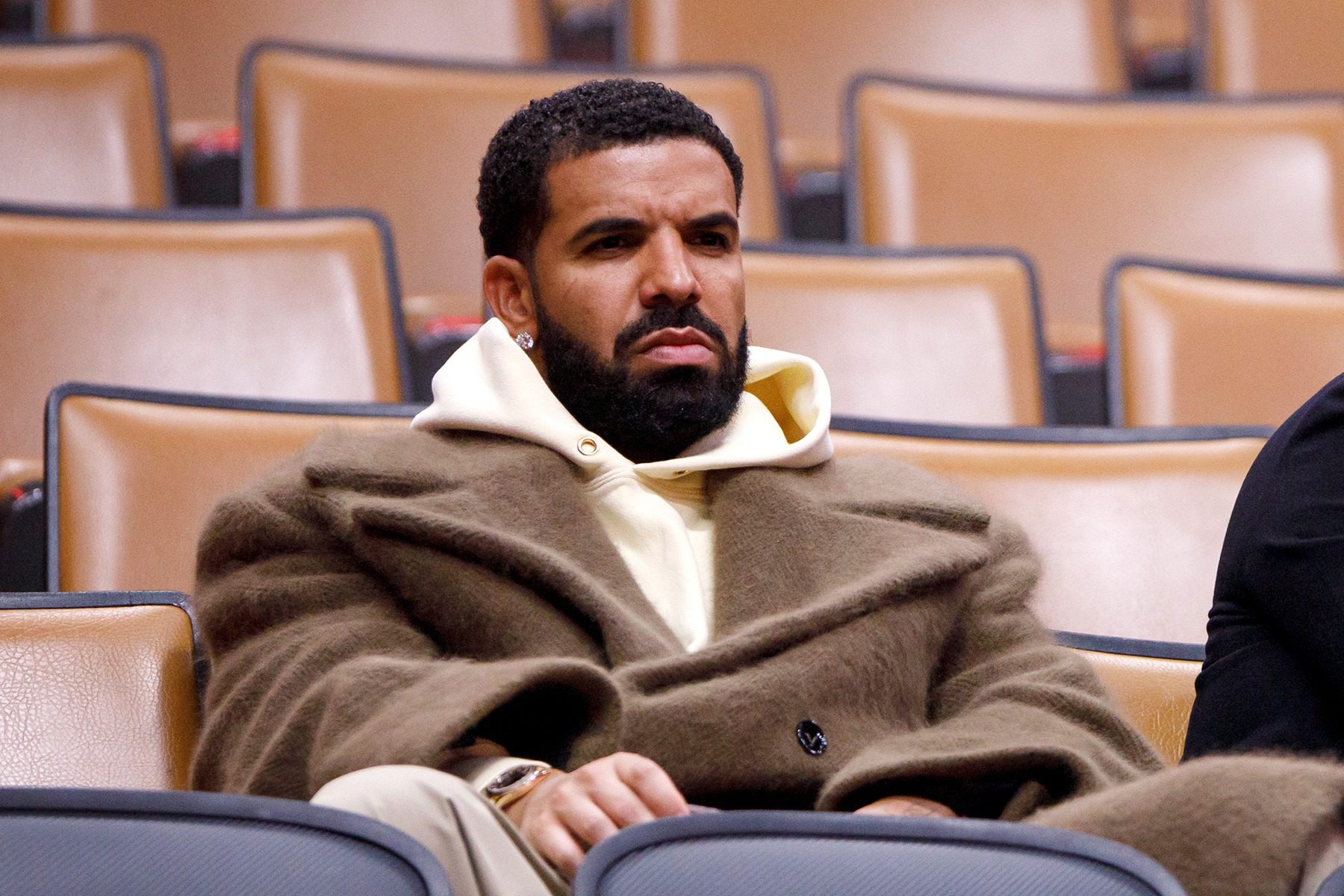
At This Point, Drake Might As Well Buy Instagram
On Instagram, we are all just doing our best Drake impression. His page is a case study in gnomic posturing, the embodiment of who we become on the app. Just look at this post from sixteen weeks ago. Affixed to a carousel of mostly shirtless photos from Drake’s vacation in the Turks & Caicos Islands reads a caption that only Aubrey Graham could’ve typed. “The reward for hard work is more work…kno dat.” The words still clang around my subconscious like a Patek Philippe tossed into a dryer. It is the platonic ideal of an Instagram caption, a potent distillation of the app’s underlying ethics. And who better than Drake to deliver?
The same can be said for Elon Musk’s relationship to Twitter. The Tesla CEO is the archetypical user. Despite running an automotive company with a nearly trillion dollar market cap, he is constantly goofing off online, trolling politicians, and being frustratingly obtuse about basic political arguments. Like Drake, the main difference between him and his online following is mountains of money, $252 billion to be exact.
blogherads.adq.push(function () {
blogherads
.defineSlot( ‘medrec’, ‘gpt-dsk-tab-article-inbody1-uid0’ )
.setTargeting( ‘pos’, [“mid-article”,”mid”,”in-article1″,”mid-article1″] )
.setSubAdUnitPath(“music//article//inbody1”)
.addSize([[300,250],[620,350],[2,2],[3,3],[2,4],[4,2],[640,250]])
;
});
Musk’s agreed upon purchase of Twitter — for an affordable $44 billion — shined a light on the public’s relationship to the corporations behind the social media platforms that dominate our lives. On Twitter itself, the deep level of passion that exists for a single website was illustrated in the non-stop reactions to the sale, which ranged from the hysterically overjoyed to the hysterically depressed. Musk’s bid for the company, and the ensuing fallout, pointed to a tension growing between public figures and the avenues by which they influence the rest of us.
Drake’s 108 million Instagram followers outpaces Presidents Obama, Trump, and Biden combined, and in today’s world there’s more working in Drake’s favor than any former President. The Biden Administration recently briefed TikTok creators on the situation in Ukraine as a means of disseminating genuine information about the war. In South Korea, presidential candidates experimented with social media “deepfakes” as a means of engaging younger voters. Our culture now places what many see as an ungodly amount of power in the hands of the most influential social platforms. Musk’s Twitter purchase is likely just the beginning of a bigger shift, as the rich become more emboldened, and social media reach becomes more akin to real world power.
You can log on to Twitter to read about all of the reasons why this trend is abhorrent, but it does create an interesting possibility for people who like to read captions like “They too soft to understand the meaning of hard work.” In the coming platform vibe shift, it’s not impossible to see the company formerly known as Facebook putting Instagram in the hands of its most prolific user, @Champagnepapi.
View this post on Instagram
Among the first in a generation of rappers known to blend the professional with the personal, Drake’s influence on Instagram is a product of a transparent and well constructed public image, as well as his music’s specific and enduring appeal. Drake’s verses are littered with real-world references that expand the scale of his music’s emotional chaos. The Hooters on Peachtree Road in Atlanta; The Galleria Mall in Houston; The exit at Markham Road in Toronto’s East End, “where all the pretty girls are sleeping.” Drake even used real audio from a former lover to make “Marvin’s Room,” a once-in-a-generation song about heartache. His ex eventually sued him for it.
Instagram, for its part, could surely use something. The platform has seen declining engagement over the past several years, and is currently locked in a battle with rival TikTok, going so far as to help publish opposition research on the company via a conservative-linked PR firm. And a hypothetical Drizzy takeover wouldn’t be the first time a musician stepped in to save a fledgling social media company. Justin Timberlake was part of a group of investors that jointly purchased Myspace for roughly $35 million in 2011. The music focused re-launch didn’t last long, but Timberlake also wasn’t the Drake of Myspace.
blogherads.adq.push(function () {
blogherads
.defineSlot( ‘medrec’, ‘gpt-dsk-tab-article-inbody2-uid1’ )
.setTargeting( ‘pos’, [“mid-article2″,”mid”,”in-article2″,”mid-article”] )
.setSubAdUnitPath(“music//article//inbody2”)
.addSize([[300,250],[300,251],[620,350],[2,4],[4,2],[3,3],[2,2]])
.setLazyLoadMultiplier(2)
;
});
A Google search for “Drake Instagram caption,” yields scores of blog posts — responding to what appears to be a ravenous demand — that list the best Drake lyrics to use when you need your followers to know what you’re on. Social media offers a vector through which we can confirm our beliefs about the world and ourselves and despite recent claims to the contrary, has little to do with democracy or free speech. Since their inception, these apps were about showing off and being petty. It’s the fuel that keeps a platform like Instagram going. That, and sponsored posts, which Drake also loves.
Drake is so famous to so many people, for so many reasons, that his account relies on what you might call “context collapse.” Posts mean everything and nothing all at once. There are likely real jabs being tossed in his captions, cryptic notes to people who’ve hurt him. But the whole thing is one-sided, since no one can really tell who he’s talking about. It almost functions like a coping mechanism, which you could say will always be Instagram’s purpose.
Drake was always like this. Before there was an Instagram, he embodied what Instagram would become. In a 2010 MTV documentary titled Better Than Good Enough, a then-23-year-old Drake offers what remains the most generous access into his interior life. In a scene discussing his music’s softer sensibility, he illustrates a dynamic that would end up dominating the coming decade. “I used to cry a lot in school and do things like that. I used to fall for girls so hard and used to be so reluctant to embrace those emotions,” he says. “Now that I’m older and can control them a little more, they actually play to my advantage.” Four months later, Instagram launched, and we’ve been manipulating our emotions in public ever since.
If we’re careening towards a future of oligarchs owning and operating the means with which we communicate, we might as well let Drake be the one who gets Instagram. He at least seems up for the challenge. As they say, the reward for hard work is more work.
